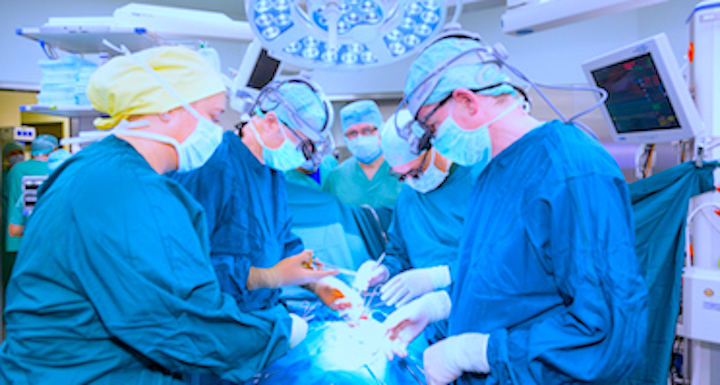
Many may be surprised that women can have testosterone! Women need testosterone to function but need it much less than men. Let us look at what testosterone does for women.
Androgen physiology in women
Androgens are essentially prohormones for other steroids in women including estrogens. The building block for androgens is cholesterol, which is obtained in the diet. Androgens influence not only men, but women as well in their development. Androgens influence sexual desire, bone density, muscle strength and mass, mood, energy and psychological well-being. Androgens in women are produced in the ovaries as well as the adrenals. Approximately 25% of androgen biosynthesis takes place in the ovaries, 25% by the adrenal glands and 50% by peripheral tissues.1 Androgens in women include testosterone, DHEA, DHEAS, androstenedione and 5 ά-dihydrotestsoterone (DHT). Of the androgenic steroids, testosterone and DHT have the most biological activity. Circulating testosterone is converted to DHT as well as estradiol (E2). On the other hand, DHEAS is produced mainly in the adrenals and are converted to DHEA by steroid sulphatase. DHEA is produced by both the adrenals and the ovaries. Luteinizing hormone (LH) stimulates androgen secretion by the ovaries. On the other hand, androgen secretion by the adrenals is controlled by adrenocorticotrophin (ACTH). Androgens work on multiple organ systems and receptors in women. It can influence the hypothalamus and limbic system and hence influence mood and memory.2 In addition, androgens can influence sweat glands thus causing acne as well as in other areas in the bone, muscle, genitals and the cardiovascular system. Some of the effects of androgens are direct, whereas some are the result of conversion to E2 or DHT.
Effects of low testosterone in women
Different terminologies have been offered for low testosterone in women, including “Female Androgen Insufficiency Syndrome- FAIS” and “Hypoactive Sexual Disorder- HSDD”
This syndrome or disorder can present with the following
- Decreased libido, sexual receptivity & pleasure
- Low energy and persistent, unexplained fatigue
- Dysphoric changes
- Diminished psychological well being
- Blunted motivation
- Bone density changes
- Muscle mass & strength changes
- Fat redistribution
- Sexual hair changes
- Cognitive and memory changes
In a sense, this is very similar to the Androgen Deficiency Androgen Males (ADAM) syndrome. However, unlike in males, testosterone in women is considered to be low if they are less than 20ng/dl, and usually lower than 10ng/dl after oophorectomy. The low testosterone levels exist in the presence of normal estrogen levels. Another caveat to be noted is that women taking oral estrogen tend to have higher levels of testosterone. As such, in women on estrogen, it is preferable to measure free or bioavailable testosterone levels. In general, women produce about 10% of the testosterone that men produce. One of the main sources of androgens in women comes from the adrenals; and is in the form of DHEA with smaller amounts of testosterone coming from the ovaries. DHEA is not stable in the blood, and it is much easier to measure DHEAS. A challenging area in medicine is the definition of normality. Typically, two standard deviations from normal has been defined as normal. Unfortunately, receptor affinity cannot be measured and the concept of relative hypogonadism has been discussed.
Difficulties with Diagnosis
As in the ADAM, there are significant challenges in making a diagnosis of the FAI syndrome or HSSD. Symptoms can be very non-specific as exemplified in the first case. Many clinical conditions can overlap or present with such symptomatology. Among the common conditions, the following have to be excluded:
- Clinical depression
- Hypothyroidism or hyperthyroidism
- Major metabolic or nutritional disorders e.g. anemia
- Chronic fatigue syndrome
- Immunologic diseases e.g. rheumatoid arthritis, systemic lupus erythematosus and HIV-AIDS
- Major life stress or relationship problems have to be excluded
- Many medications can suppress levels of testosterone levels in women including antiandrogens (e.g. Lupron), corticosteroids, oral contraceptives or oral estrogen replacement therapies.
In considering the etiological of low testosterone, the Princeton Consensus Statement has suggested that there be 5 categories:
- Is it of ovarian origin? Patients could have had chemotherapy or radiation therapy, both of which can destroy ovarian cells. Alternatively, a surgical operation such as an oophorectomy can remove the source of androgens.
- Is it of adrenal origin? As mentioned above, a large source of androgens in women come from the adrenals, and an adrenalectomy or adrenal insufficiency can result in low amounts of androgens. Adrenal insufficiency can result from Addison’s disease or a related immunologic disorder.
- Is it of a hypothalamic-pituitary origin? Any insult to the hypothalamic pituitary axis can result in a hypoandrogenic state. Insults could be vascular or tumors, and these have to be excluded.
- Could it be secondary to drugs? These include antiandrogens, corticosteroids, oral contraceptives or oral estrogen replacement therapies.
- Idiopathic- no cause could be identified.
If you have such issues, please contact us at Opal Medical Clinic and our web site is www.opalmendical.com

